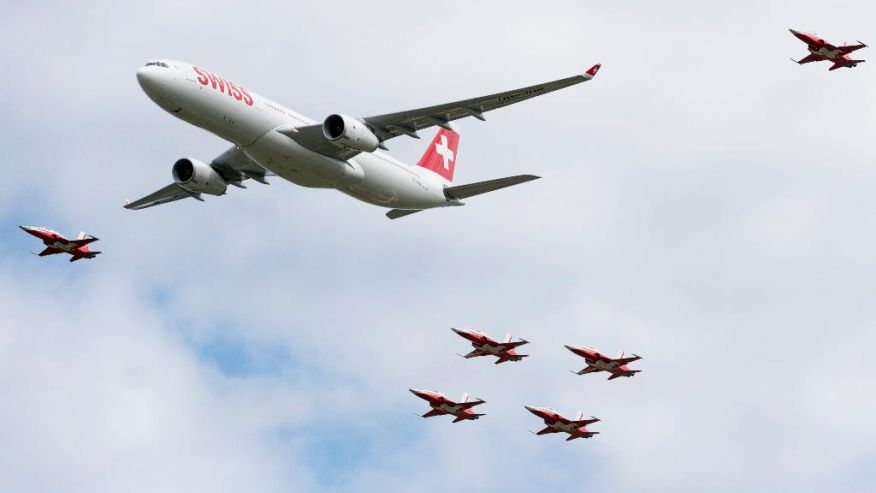
Would you like to fly next to an Airbus A330? These Swiss Airforce Tiger F5-E jets did just that, at an airshow in Payerne, Switzerland in August 30, 2014.
Truly, a feast for the eyes!
Information about different flying maneuvers, such as stalls, slow flight, approach, landing, shortfield landings and takeoffs, emergency procedures and more,

Would you like to fly next to an Airbus A330? These Swiss Airforce Tiger F5-E jets did just that, at an airshow in Payerne, Switzerland in August 30, 2014.
Truly, a feast for the eyes!
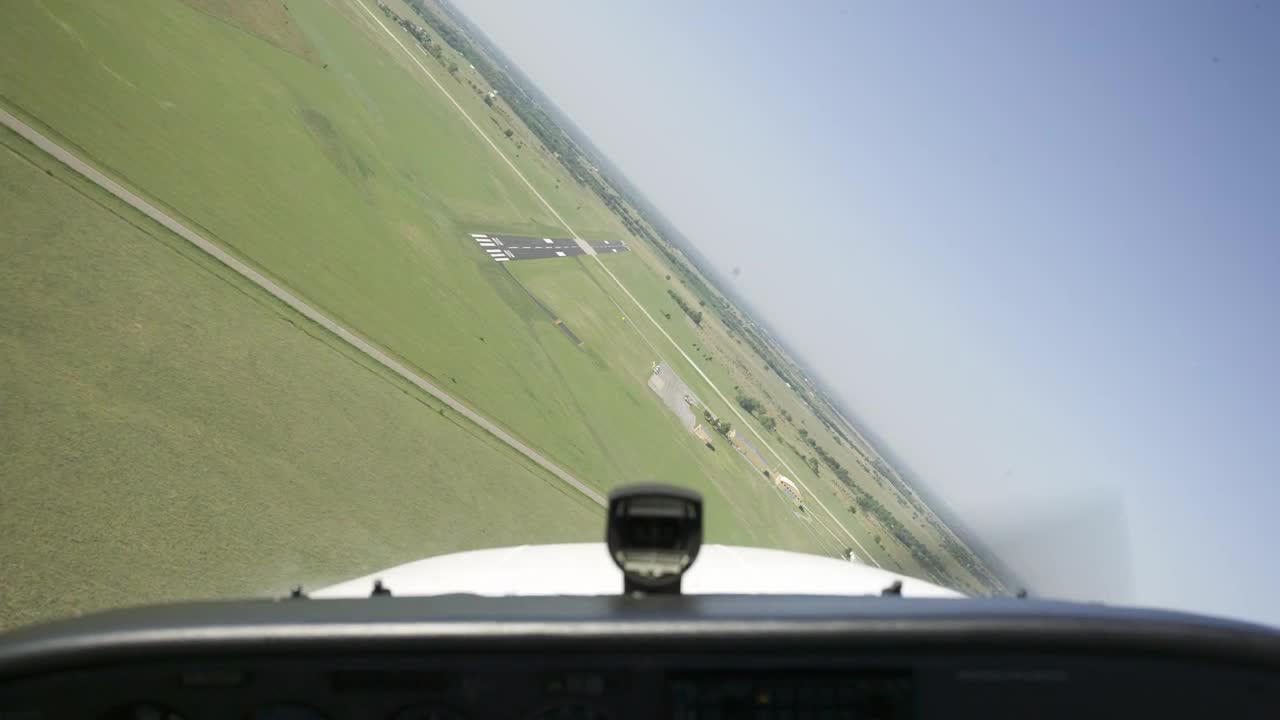
One of the most important and critical turns in the circuit pattern, and in your flight, is when you are ‘low and slow.’ The base to final turn is a critical manoeuvre that when done uncoordinated, can lead to an increased risk of an unrecoverable stall-spin accident. Because we are so low in that phase of flight, recovering from a stall-spin from that altitude is not possible.
When we overshoot this turn is where the problem can become critical. In an attempt to get the airplane back on the proper approach path to make the runway, many pilots add lots of aileron and find this doesn’t get them back on track enough. So, they add rudder in the same direction and though this turns the nose to where the pilot wants to go it also puts them in an uncoordinated flight profile. Watch what happens here:
After overshooting the base to final turn, forcing the plane into a normal approach can become tragic. The airplane can stall without having enough altitude to recover: once the stall spin develops, there is not much that can be done to bring it back. A lot of the time why this happens is because the pilot turns base, not anticipating a tailwind, and before they know it, the tailwind has blown the plane through base. So in order to get back on track the pilot will attempt to force the plane back on track using lots of aileron and rudder.
Other times the turn will be too timid, some people only turn 10-15 degrees in the pattern, which often does not get enough to get the plane where it needs to go. Then people will push to past 30 degrees, but if this is coordinated, there is no need to bank the plane that far.
The problem comes when we use some aileron to get back on track but that doesn’t work, so we use more rudder to tighten the turn. This results in us being uncoordinated. This increases the bank angle and rate of descent. Many will use opposite aileron to soften the bank angle and pull back on the yoke to check the rate of descent.
This will increase the angle of attack on the inside wing – a stall and spin on the inside wing can come quickly.
If you notice that you are being blown closer to the runway on the downwind, anticipate that this wind will blow you through your base turn. So, turn early, watch your angle of bank and keep coordinated. If you cannot regain your track in a coordinated fashion, simply overshoot. There is no shame in a go-around.
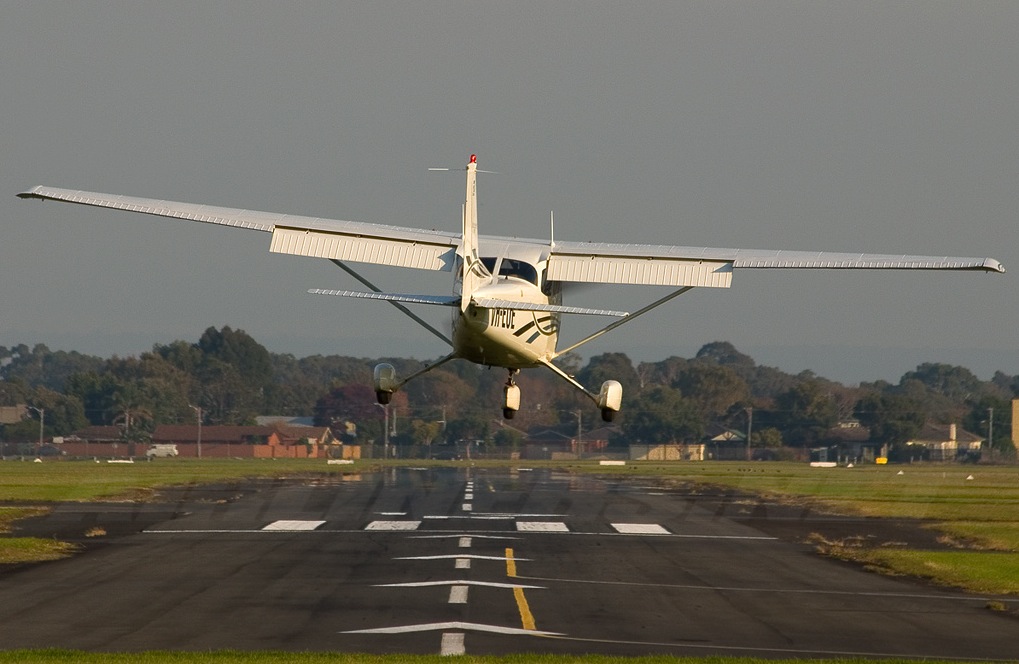
This video shows what happens to the air flow over a wing as it stalls. Yarn, placed all over this airplane wing is pushed backward by laminar airflow during regular flight. When approaching stall speeds, the laminar layer moves forward more and more until it is all the way at the leading edge of the wing and drops off, causing the wing to stall. The yarn shows the turbulent air moving forward very clearly.
Note where the turbulence starts as the wing starts to stall, and how it reorganizes as the wing recovers from the stall.
This video was made by Harv’s Air in Stenbach, Manitoba, where the pilot taped four rows of 4.5 inch long pieces of yarn over the entire wing of a Diamond DA40. The flight was over Southern Manitoba.
This video does a good job of illustrating what happens to the airflow as it goes over the wing during stall. Read more about stalls and angle of attack here.

This video combines our two favorite things in the world – skiing and flying. Though we doubt we’d be brave enough to try this.
Towed behind an airplane – now that’s one creative and quick way of getting to the top!
U.S. Ski Team member Reese Hanneman is being towed by an Aviat Husky airplane somewhere in the Alaska range. Hanneman tweeted the video on from his profile and it got picked up by Alaska Dispatch, citing a number of FAA regulations that were likely broken during this stunt. He is personally not breaking any laws by agreeing to be towed up the hill. The ‘N’ or registration number of the plane is not visible nor the pilot identified.
Hanneman is the winner of the classic sprint in the 2014 US Cross Country Championships. He is used to going fast!
http://www.youtube.com/watch?v=fU1YNz4qpug
The Aviat Husky is a popular tail dragger bush plane, very capable in mountain and off airport environments.

This video of a world record breaking inverted flat spin will make you dizzy just watching it.
The Pitts S-2B just drops like a rock! Watch as he plummets, upside down over 21,000 feet.
Air show performer Spencer Suderman makes an 81 turn, three minute long inverted flat spin in his Pitts S-2B that took him from 23,000 feet to less than 2,000 feet over the California desert. You can watch the altimeter spinning as he’s descends, upside down.
Number of spins: 81.7 – now that’s a precise count.
This was his third attempt to beat the previous record, which is 78 turns set by airshow legend Wayne Handley in a Giles 202 in 1999. In his previous attempts at beating that record, he was able to do 64 spins and 77 spins.
Suderman credits ElectroAir, who makes FAA-certified, variable-timing, electronic ignition systems for this success, allowing his engine to operate at that altitude and throughout the spin. He is helping the company collect engine data for FAA certification in six-cylinder Lycoming engines.
Suderman had to apply for FAA permission to fly the VFR biplane, built in 1984 over the California desert. Over El Centro, in the Salton Sea, he climbed up to 23,000 which took him approximately 30 minutes. He wore gloves, an oxygen mask and several layers of clothing as the outside temperature was 9 degrees F. The event was recorded with three onboard cameras.
[divider]
[divider]
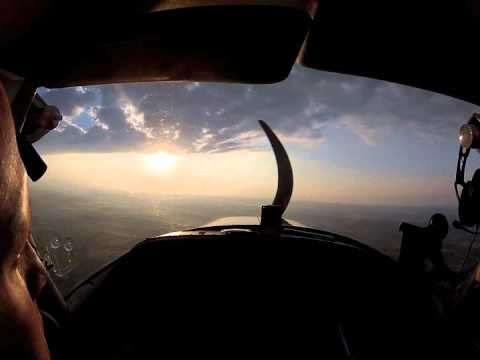
Throughout my training, I have done a lot of stalls, and eventually got the point where I was quite comfortable with them. Power off, power on, including the more advanced high power stalls. I was rather surprised when doing my full review of everything before my flight test, when my instructor asked me to demonstrate high power stalls I became rather nervous and was unable to perform one without throwing in the aileron on recovery.
I had let my training lapse and it had been quite awhile since I’ve done these more advanced stalls. A few power-off stalls allowed me to feel comfortable with them again but I continued to struggle with stalls using higher power settings, which cause sometimes a very pronounced wing drop due to asymmetric thrust, slipstream and other factors.
The power-on stall is basically a departure stall. We practice this stall to simulate a stall on departure, when we have a nose high attitude and high power settings (full power for take off). How could we stall on departure? If we fly into IMC on climb-out, hence loose the horizon and become disoriented, possibly succumb to an illusion that we are level and not nose-high enough (not reference or trust our instruments which tell us that we are in fact in a climb) and we pull back too much.
The airspeed bleeds off, and without knowing it we are nose high. As the aircraft reaches stall speed one of the wing drops off and when uncorrected, can enter a spin. At low altitudes, we have no time to recover. Before long we can be nose down in a spin with no altitude to spare.
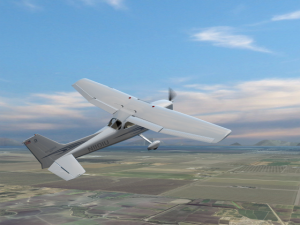
There are a number of these stall-spin accidents every year, and most of them occour at low altitudes. According to an AOPA study, from 1993 to 2001 stall-spin accidents accounted for 10% of all accidents and 13% of all fatal accidents for fixed wing aircraft weighing less than 12,500 pounds. An earlier study by the FAA Small Aircraft Directorate analyzed a sample of 1700 stall-spin accidents as far back as 1973 and found that 93% of them began at or below pattern altitude, which was 800 feet back in the 1970’s.
So the reason we learn a high power stall is to avoid a dreaded departure stall and to recover quickly, with minimal loss of altitude, and in coordinated flight (avoid a wing drop).
The reason why a power-on stall can be more challenging and more scary, is because it will require more use of rudder than a power-off stall. We must remember not to use aileron, ONLY rudder, because not is only aileron ineffective in a stall – the wing is stalled – it can also exacerbate or aggravate the wing drop in a stall, making it even more banked.
Generally with a power-on stall, we will get a wing drop. Because of asymmetric thrust and slipstream, we generally see the left wing drop. Recall the left turning tendency of the aircraft at high power settings, for example while on the takeoff roll. On the takeoff roll with full power we always apply plenty of right rudder to keep the aircraft on centreline.
However we will not always get a left wing drop, it can, in fact be the right wing that drops, requiring the use of left rudder instead of right to correct. There are many reasons for this: one wing could have more fuel than the other and be heavier, it can also vary with the prevailing winds. So it is important not to anticipate one wing dropping but to watch which one does and react appropriately.
So one wing drops, so there is a tendency for us to use aileron to correct. This is very natural. In a stall, we have to fight the urge to use aileron and instead, “step on the rising wing.” (thanks to my instructor Steve for the tip – it works!) This means to use rudder instead of aileron, in the same direction if the rising wing:
Left wing drops (right wing rises): instinct will tell you to use right aileron – use right rudder instead
Right wing drops (left wing rises): instinct will tell you to use left aileron – use left rudder instead.
Check out this video as a power on stall develops into a spin. Looks like the student puts it into a spin (on purpose, note how he uses aileron) and the person in the right seat, likely the instructor, recovers.
In a word, practice will make them easier, as you do them over and over again and you are able to control them, you will regain confidence. Another great tip is to visualize the manoeuvre and talk yourself through it, when you are not flying. I used visualization and imagined one of the wings dropping, and what I would do. Eventually lost my fear as I learned I could control the airplane with rudder. It is important to use rudder opposite to the turn to correct the wing dip as fast as possible, and to leave the aileron in neutral position.
Like anything with flying, repetition will help you learn and feel more comfortable over time. Practice means everything!